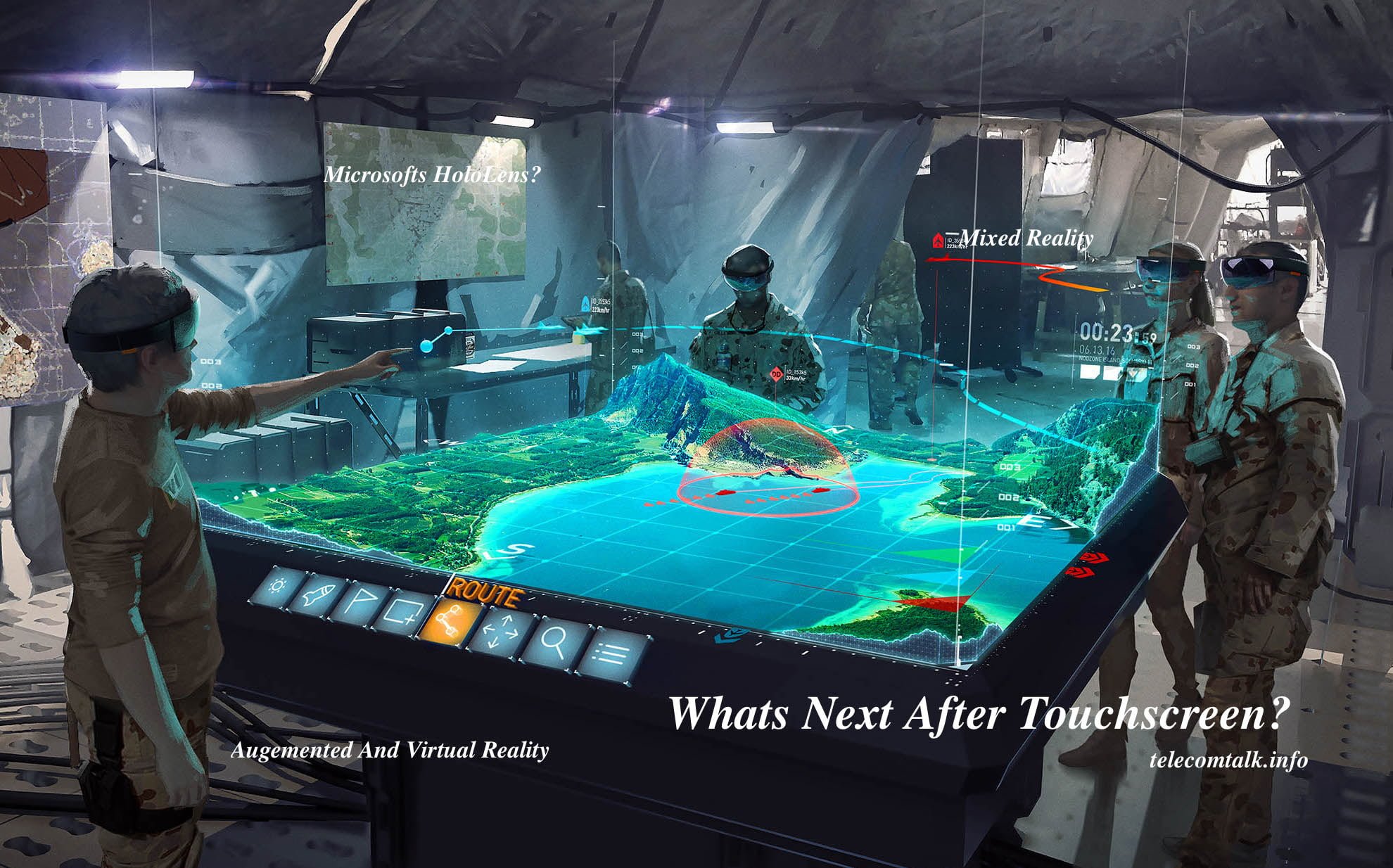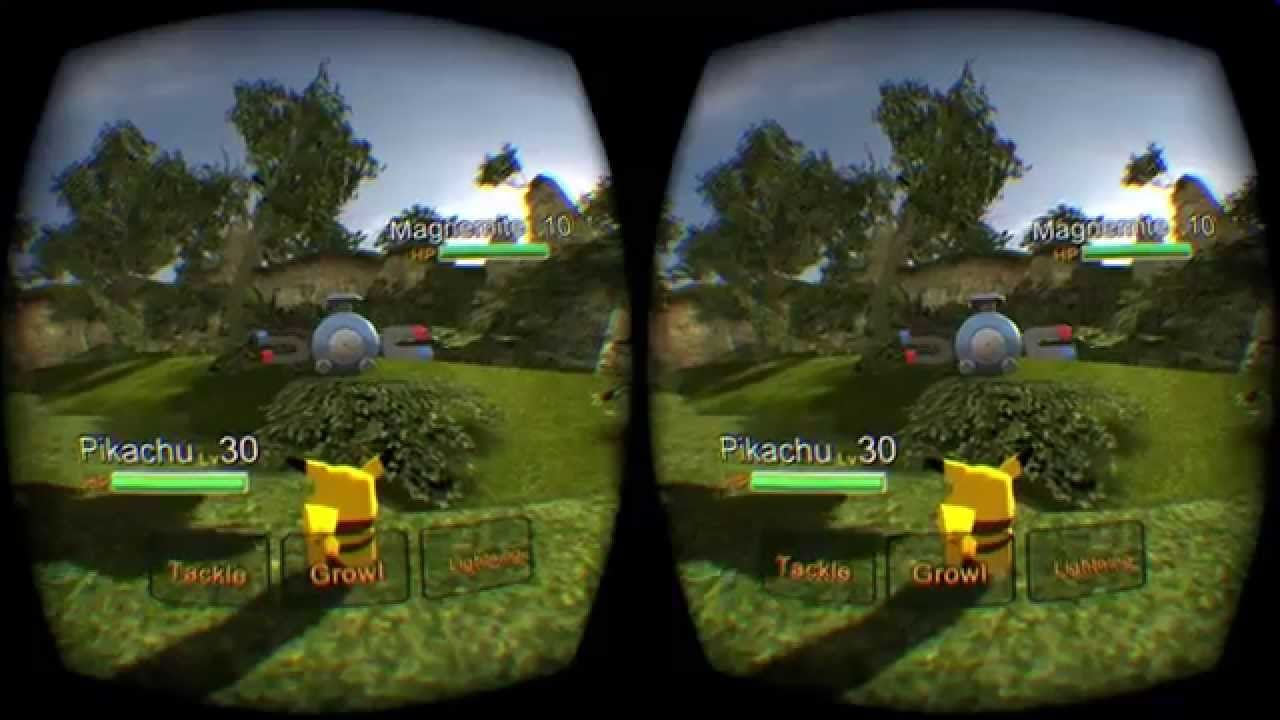The touchscreen has revolutionized technology and has superseded the keyboard and other physical buttons. A keyboard is designed to connect the real world with the virtual world. It is intended to be experienced and mostly ignored. Once you are comfortable with the keyboard, you tend to ignore its presence and can only be felt by the clicking sounds that it makes.
A few decades ago, touchscreen technology was only found in Science fiction books and films. Technology is growing exponentially. Growth and change in any space if not accepted becomes destruction. Apple's core philosophy is to create change, bring an innovation that no one has ever dreamt. That is how iPhone was born and has created a complete difference in mobile computing till date. The touchscreen technology which we are experiencing now has evolved through generations and has achieved its peak point.

Before we understand the evolution of touchscreen and what comes next, let's have a look when this technology was born and its timeline.
The Timeline of Touchscreen technology:
The first finger-driven touchscreen was invented by E.A. Johnson in 1965. Later in the year, 1970 by Dr. G. Samuel Hurst with his first innovation termed "Resistive touchscreen." In the year 1983, HP has released its first touchscreen computer, and IBM has launched its first touchscreen mobile device "Simon personal communicator."
Later Palm inc released its first PDA and touchscreen revolution has started. Apple came up with an idea to re-innovate the touchscreen technology, and they launched an iPhone which the world never expected. Before Apple the other mobile computing companies like Samsung, Nokia, Sony, Motorola, etc. have launched their devices with resistive touch screen, Apple bought the unique difference in the evolution of mobile computing technology. Its now when but how is more important in triggering a revolution. Steve Jobs deeply knew it, and that's why he succeeded in bringing a change in the world.
The growth in the evolution of touchscreen technology is so exponential that it has completely replaced the physical buttons. This technology is everywhere these days, and it was unfathomable how we once got through our daily tasks without a smartphone or a personal computer nearby, and it doesn't stop there. Touchscreens are everywhere. In cars, homes, restaurants, stores, planes, wherever—they fill our lives in spaces public and private.
We, humans, are excellent in exploring, inventing and accepting change. We tend to find more solutions for existing problems. We can establish complex relationships. When we see the problems or challenges in a touchscreen, it hides the resolution of the are when we touch it, it always needs a physical signal to operate, and it utilizes the maximum energy to illuminate and function. So what could be possible innovation that can replace touchscreen?
Whats next after Touchscreen technology?
Some of the evolving technologies like speech recognition, natural language processing, facial recognition, etc., getting better. It's necessary to bring the change to communicate with the machines, and the communication should go beyond touchscreens, and it should involve some of the more subtle forms of communication we use when interacting with other people. Some of the technologies that can conquer touchscreen technology are as follows: Voice-based interfaces, Virtual reality, Augmented reality and Artificial intelligence with evolved Deep learning.

1. Voice-based Interfaces and Natural Language processing:

Already touchscreen technology has triumphed and its necessary for the brands to focus on something new to change their unique selling proposition. That is what Apple did. Steve Jobs is visionary in this instance. He knew one day there comes to a technology that will replace touchscreens. He created Siri as voice-based interfaces because Siri works on the fundamental principle of machine learning. All technologies involved with machine learning takes time to evolve. There is a massive effort underway to grow and improve voice-based interfaces, and it’s fundamental in the idea that virtual assistants like Siri and devices like the Amazon Echo will take on increasingly prominent roles in people’s lives.
2. Virtual reality:

When iPhone was released, there are few speculations that iPhone will never work and it's a terrible idea. But later the same terrible iPhone has become a "profound advance" in human-machine interaction. Similarly, Virtual reality becomes intelligent mitigation of reality in virtuality. Many technologists argue that the rise of technologies like augmented reality and virtual reality will produce the next big revolution to the touchscreen technology and mobile computing. But several tech gurus and scholars proclaimed that such a leap will require technological advancement that just isn’t there yet.
Microsoft has already come up with a concept called HoloLens. It can disrupt the modern computing. Microsoft HoloLens is the first holographic computer, enabling you to engage with your digital content and interact with holograms in the world around you. It uses the real world as an interface to mix the virtual world in reality. Using the Microsoft's HoloLens, you can project your webpages or other virtual elements on the wall and interact minute detail of it. Technologies like HoloLens is capable of revolutionizing the present technologies, and its intelligent enough to completely change the way people think about communicating with the machines.
3. Augmented reality:
Augmented reality creates computer-generated images in the real world. Just think of having a conference call using augmented reality, it looks cool, right? And also think of interacting with the computer-generated objects in the real world. This is the sort of interface that you can correlate from the movie "Minority report," in which a series of hand gestures can be used to orchestrate complex computing tasks.
Can technology after Touchscreen can disrupt present computing technology?
Technologies like Augmented reality becomes successful when it come with cross-collaboration with other technologies to create complete products. Probably Apple is on its right path. They have created great touchscreen devices, they have evolved Siri and had data to nurture machine learning, and now in iPhone 8 and iPhone X, they released the Augmented reality. So what could be the next big thing from Apple? Probably some high technology that can disrupt everything? This gives us a clue that Apple has already started working from the renaissance of its first iPhone.
Even though the touchscreen has achieved its technological advancement, there are some limitations like you have got to touch the screen and everytime you touch the screen, you are covering up part of it. The mixed reality which includes the Augmented and virtual reality, once it hits certain technological milestones and if we could somehow interface with a computer directly, bypassing all the constraints of your sensory-motor capacities, you could make all the feelings and perceptions and desires of a person directly accessible to technology. We can eliminate this communication bottleneck and essentially create a symbiotic relationship between technology and the brain.
With this kind of technology, we can exceed more than what we humans can never be done before. We can use our computers to do your bidding with a single thought. We can pilot a swarm of drones for a particular cause. This would far exceed what humans have done with technology to society. This would transform everything around us. The next big thing after touchscreen is not merely about the touchscreen. It's about disrupting the present technology and changing the future of computing.















